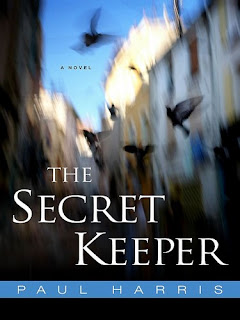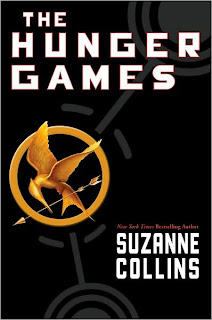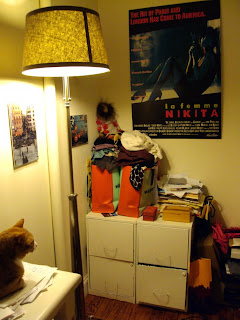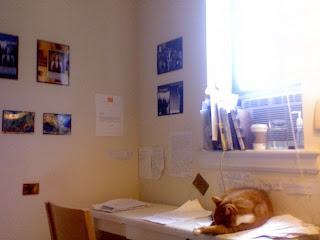
What is a Sookie Stackhouse Challenge? Have you been living in a cave? I know I was last year, but I kept hearing great things about the HBO series TRUE BLOOD, and started watching this season, which just started. Well, this series is based upon—BOOKS—by Charlaine Harris about VAMPIRES. And this time, they’re Southern! But don’t forget the shapeshifters and the mind readers.
The challenge runs from July 1, 2009, through June 30, 2010. You have to read the series from any starting point and post reviews of the books (I presume). I’ll be starting from book 1 in the series, Dead Until Dark.
There already are prizes up for grabs and of course there will be Twitter conversations, use hashtag #SookieSRC. And of course, you have to sign up on Beth Fish Reads with Mr. Linky.
Why did I decide to join? Well, for two simple reasons. I needed a new vampire television show addiction, and once those start, I always read the books the shows are based upon. Simple, right? Ok, maybe I am a bit odd, but it makes these posts more interesting. Don’t you think?
Don’t forget my current giveaways:
































